This xBmt was completed by a member of The Brü Club in collaboration with Brülosophy as a part of The Brü Club xBmt Series. While members who choose to participate in this series generally take inspiration from Brülosophy, the bulk of design, writing, and editing is handled by members unless otherwise specified. Articles featured on Brulosophy.com are selected by The Brü Club leadership prior to being submitted for publication. Visit The Brü Club Facebook Group for more information on this series.
Author: Matt Skillstad
Fermenting at a relatively low temperature with a notably flavor neutral bottom-fermenting yeast known as Saccharomyces pastorianus is considered by many to be key to producing a deliciously crisp lager. This practice takes time, as fermentation proceeds more slowly at colder temperatures, and it also requires additional equipment to ensure adequate fermentation temperature control. While there’s some evidence suggesting warmer fermentation temperatures may not be as detrimental to lagers fermented with traditional lager yeasts as widely believed, brewers were recently introduced to a unique option for hastening the turnaround of such styles.
Originating from Norwegian farmhouse brewers, kveik has become quite popular for its ability to ferment clean tasting beers very quickly due to its ability to tolerate surprisingly high temperatures of up to 105°F/40°C. While a number kveik strains are being used in hoppier styles, others are marketed as producing a clean lager-like fermentation character, one of which is Omega Yeast’s OYL-071 Lutra.
A single strain isolated from the hornindal yeast blend, Lutra has quickly become known for its ability to produce notably clean lager styles when fermented at a wide range of temperatures, though the manufacturer recommend sticking closer to 70°F/21°C to achieve the most desirable profile. As someone who enjoys the convenience of dry yeast, I was excited when Omega announced the release of a dry version of Lutra and, wanting to see just how lager-like it really is, decided to compare it to my go-to lager strain, Saflager W-34/70.
| PURPOSE |
To evaluate the differences between a German Pils fermented at 66°F/19°C with Omega Yeast OLY-017 Lutra Kveik and one fermented at 52°F/11°C with Saflager W-34/70.
| METHODS |
For this xBmt, I went with a simple German Pils recipe in hopes of accentuating any differences caused by the variable.
Let’s Don’t And Say We Did
Recipe Details
| Batch Size | Boil Time | IBU | SRM | Est. OG | Est. FG | ABV |
|---|---|---|---|---|---|---|
| 6 gal | 30 min | 32.4 | 3.2 SRM | 1.053 | 1.01 | 5.64 % |
| Actuals | 1.053 | 1.01 | 5.64 % | |||
Fermentables
| Name | Amount | % |
|---|---|---|
| Pilsner Malt | 11 lbs | 100 |
Hops
| Name | Amount | Time | Use | Form | Alpha % |
|---|---|---|---|---|---|
| Triumph | 28 g | 30 min | Boil | Pellet | 10.7 |
| Triumph | 14 g | 10 min | Boil | Pellet | 10.7 |
| Triumph | 14 g | 5 min | Aroma | Pellet | 10.7 |
Yeast
| Name | Lab | Attenuation | Temperature |
|---|---|---|---|
| Omega OYL-071 Lutra Kveik OR Saflager W-34/70 | 82% | 32°F - 32°F |
Notes
| Water Profile: Ca 77 | Mg 12 | Na 11 | SO4 36 | Cl 5 |
Download
| Download this recipe's BeerXML file |
I started my brew day by collecting the full volume of water and adjusting it to my desired profile before dropping in my heat stick.
While the water was heating up, I weighed out and milled the grain.
Once the water was properly heated, I added the bagged grains and stirred until the mash stabilized at my desired temperature of 154°F/68°C, at which point I prepared the kettle hops.
At the end of the 60 minute mash rest, I removed the grains and proceeded to boil the wort for 30 minutes, adding hops at the times stated in the recipe. Following the 5 minute hopstand, I quickly chilled the wort with my IC to 66°F/19°C.
A refractometer measurement showed the wort was at my target OG.
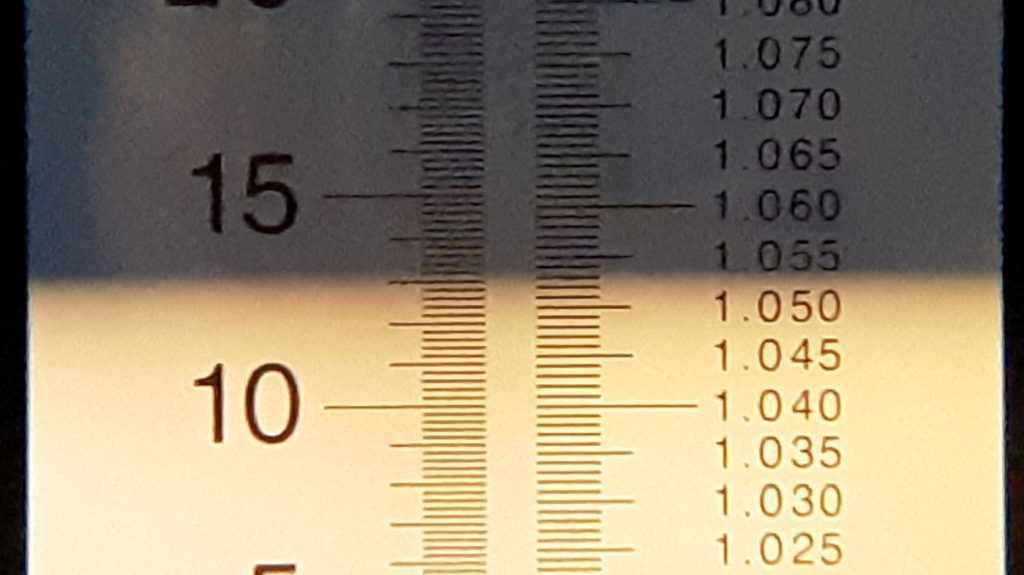
At this point, I racked identical volumes of wort to separate FermTanks.
Next, I set one batch in an area that maintains a steady 66°F/19°C and pitched 1 pack of Lutra Kveik, while the other batch was placed in my chamber controlled to 52°F/11°C and was hit with 2 packs of W-34/70.
Within a few days, I noticed the Lutra beer peaked 70°F/20°C.
With neither beer showing signs of activity after 10 days, I allowed the temperature of the W-34/70 beer to naturally increase to 63°F/17°C for a diacetyl rest. A few days later, I took hydrometer measurements showing both beers were at the same FG.
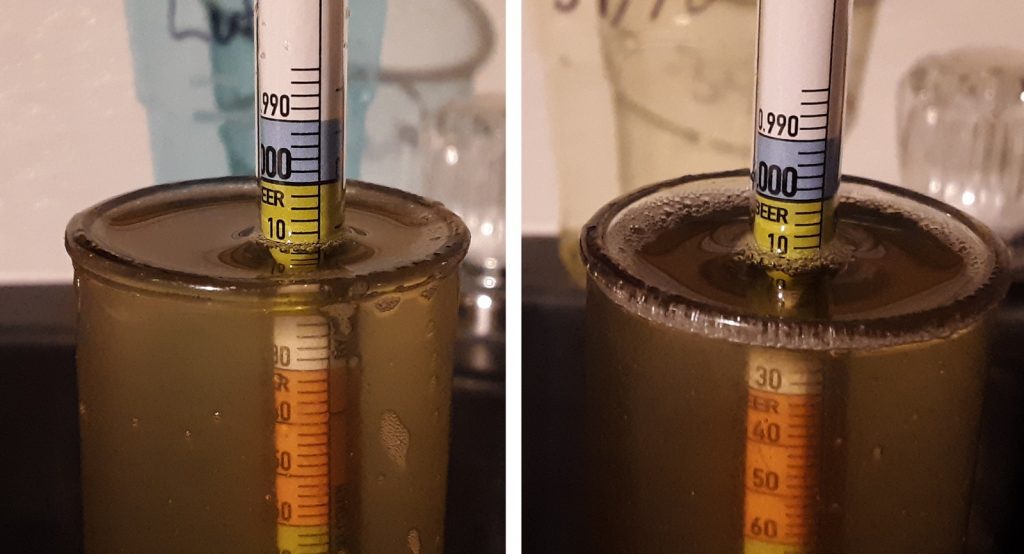
I then moved the Lutra beer to my chamber and cold crashed both to 35°F/2°C.
After 3 days, I pressure transferred the beers to CO2 purged kegs that were placed in my keezer and burst carbonated overnight before I reduced the gas to serving pressure. Following a week of cold conditioning, they were ready for evaluation.
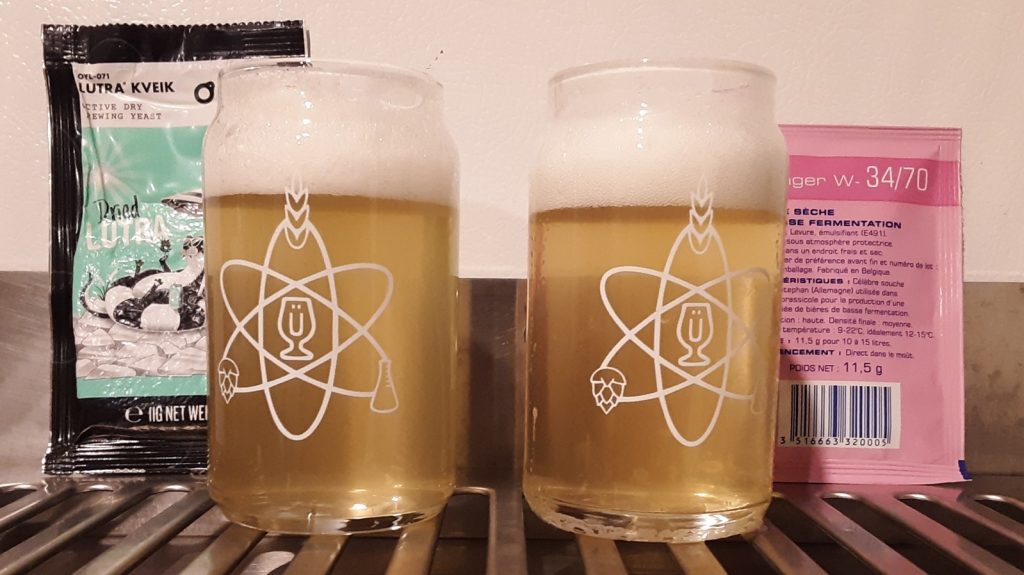
| RESULTS |
Data collection for this xBmt was done at the Divots Big Chill Beer & Cheese Festival where 51 people of varying levels of experience lent their palates to the cause. Each participant was served 2 samples of the beer fermented with Omega Yeast OYL-071 Lutra Kveik and 1 sample beer fermented with Saflager W-34/70 in different colored opaque cups then asked to identify the unique sample. While 24 tasters (p<0.05) would have had to accurately identify the unique sample in order to reach statistical significance, only 23 did (p=0.053), indicating participants in this xBmt were unable to reliably distinguish a German Pils fermented with Omega Yeast OYL-071 Lutra Kveik at 66°F/19°C from one fermented with Saflager W-34/70 at 52°F/11°C.
My Impressions: Out of the 10 semi-blind triangle tests I attempted, I chose the unique sample just 5 times (p=0.21), indicating my inability to reliably distinguish these beers. I was surprised with how similar these beers were, my more so than I initially thought. Both had a lightly sweet, bready pilsner malt base and a pleasantly crisp bitterness.
| DISCUSSION |
While many people believe that fermenting with lager yeast at traditional cold temperatures is the only way to go, others claim it’s possible to achieve a similar level of crisp, clean character fermenting much warmer with a kveik strain such as Omega Yeast OYL-071 Lutra. The fact tasters were unable to reliably distinguish a German Pils fermented with Omega Yeast OYL-071 Lutra Kveik at 66°F/19°C from one fermented with Saflager W-34/70 at 52°F/11°C supports this idea.
These findings suggest the beers were perceptibly similar, though one objective difference was that the Lutra beer took just a few days to fully ferment compared to the nearly 2 weeks the W-34/70 beer took. Given the difference in temperature, it’s no surprise that Lutra fermented faster & was done bubbling after just a few days. While I held off on kegging the Lutra beer to ensure both batches were treated equally, I suspect the Lutra beer could have been ready to drink much sooner than the cool fermented W-34/70 batch.
One other difference I noticed between the beers was their clarity, with the Lutra version maintaining slightly more haze than its W-34/70 counterpart. Since I have the gear required to control fermentation temperature and prefer clear lagers, I’ll likely continue to choose W-34/70 and other traditional lager strains when making lagers, though if I’m pressed for time, I’ll have no issues fermenting a batch with Lutra.
 Matt Skillstad is a happy husband to a wonderful wife (who likes his beer!) and proud father of 5 young children from Pierce, Nebraska. He has been brewing since 2011 and, in addition to The Brü Club, is a member of the Elkhorn Valley Society of Brewers. He enjoys experimenting with his brewing in an effort to make better beer in less time with less effort. When not brewing or hanging with his family, Matt enjoys bike riding and golfing (poorly).
Matt Skillstad is a happy husband to a wonderful wife (who likes his beer!) and proud father of 5 young children from Pierce, Nebraska. He has been brewing since 2011 and, in addition to The Brü Club, is a member of the Elkhorn Valley Society of Brewers. He enjoys experimenting with his brewing in an effort to make better beer in less time with less effort. When not brewing or hanging with his family, Matt enjoys bike riding and golfing (poorly).
If you have any thoughts about this xBmt, please do not hesitate to share in the comments section below!
Support Brülosophy In Style!
All designs are available in various colors and sizes on Amazon!
Follow Brülosophy on:
FACEBOOK | TWITTER | INSTAGRAM
If you enjoy this stuff and feel compelled to support Brulosophy.com, please check out the Support page for details on how you can very easily do so. Thanks!


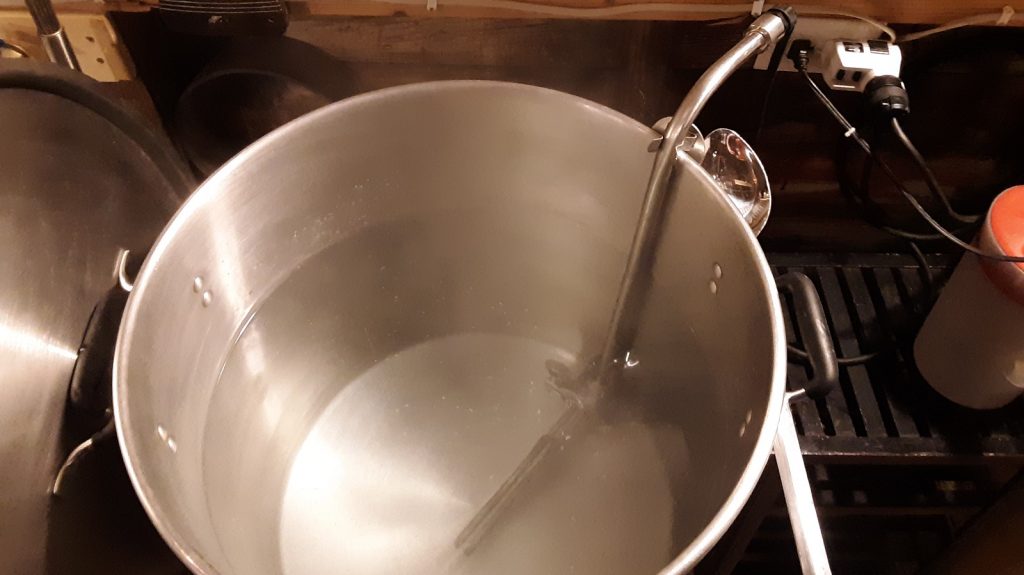
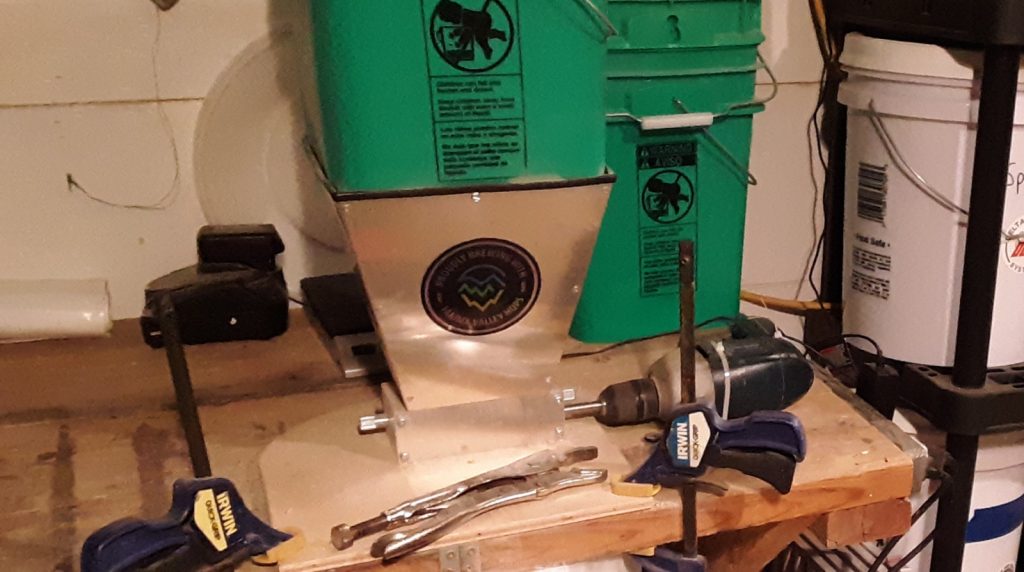
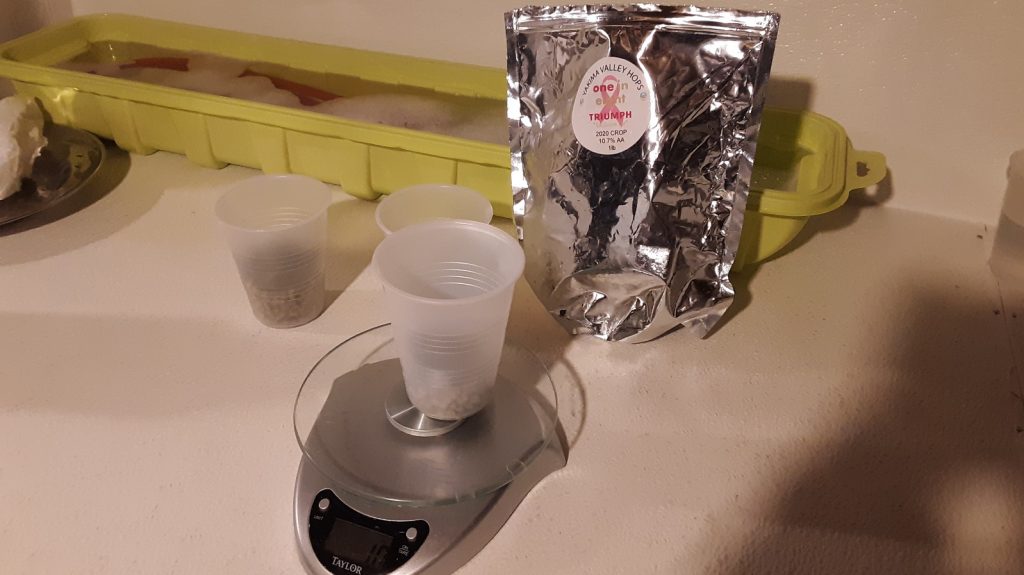
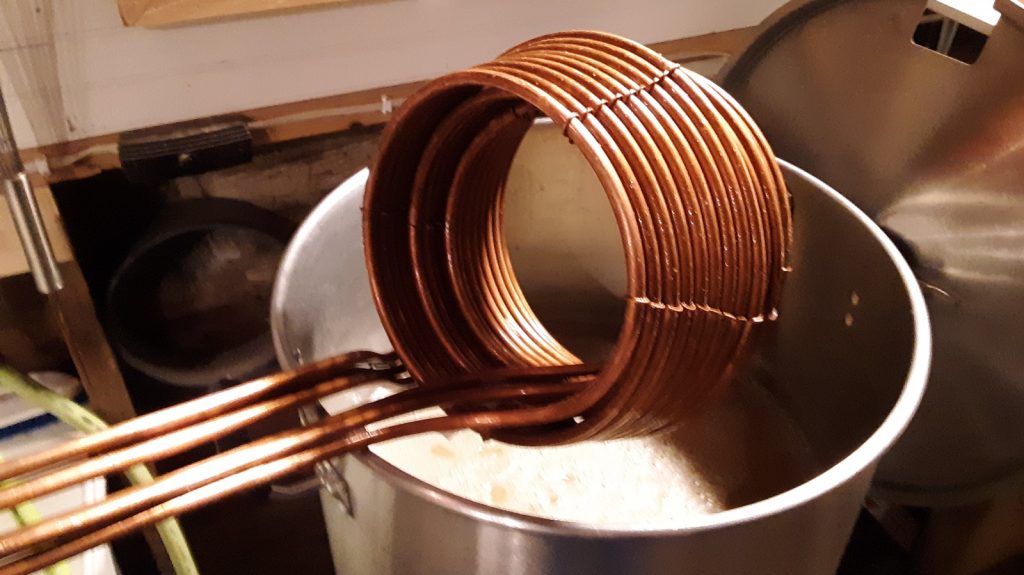

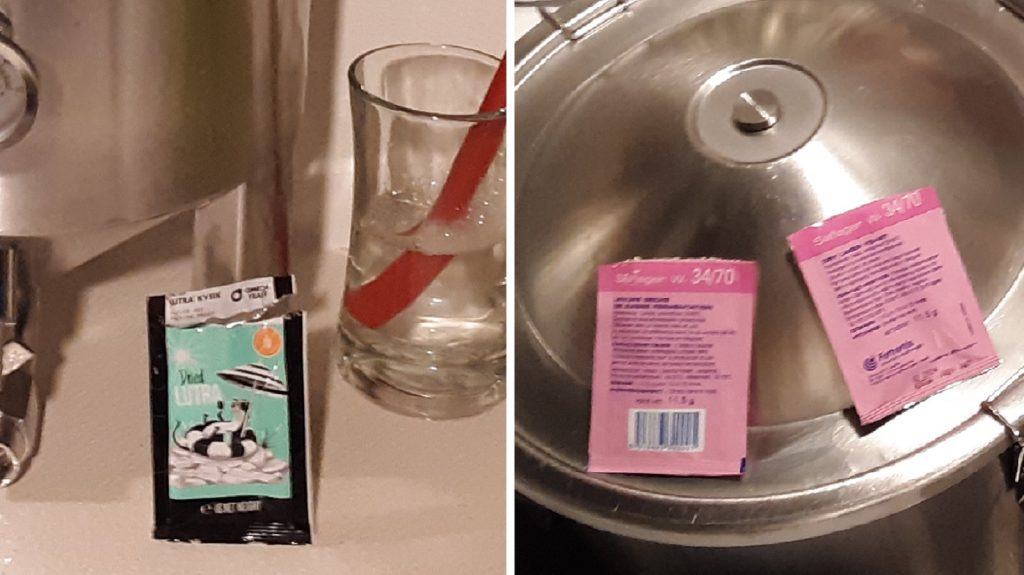
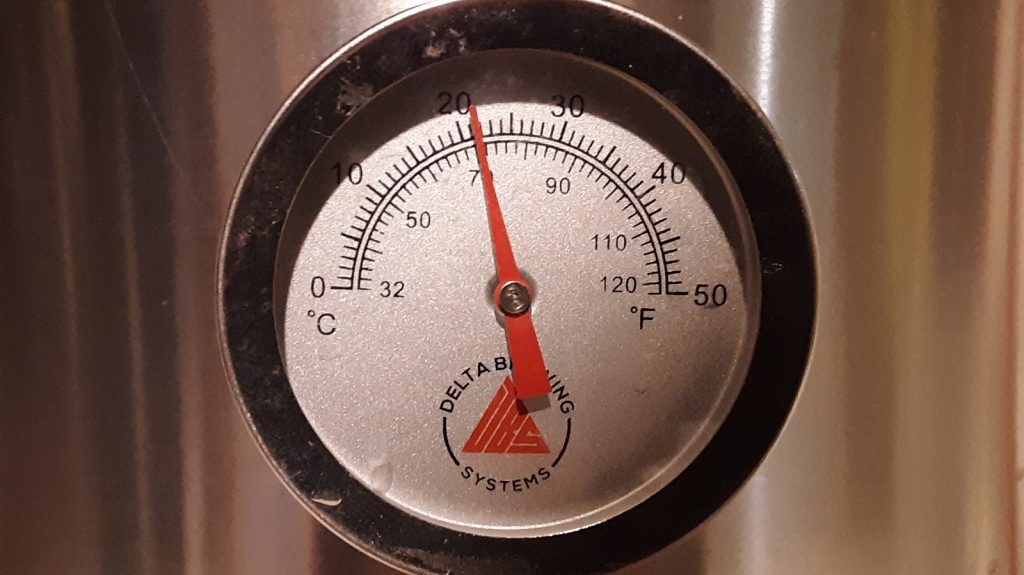
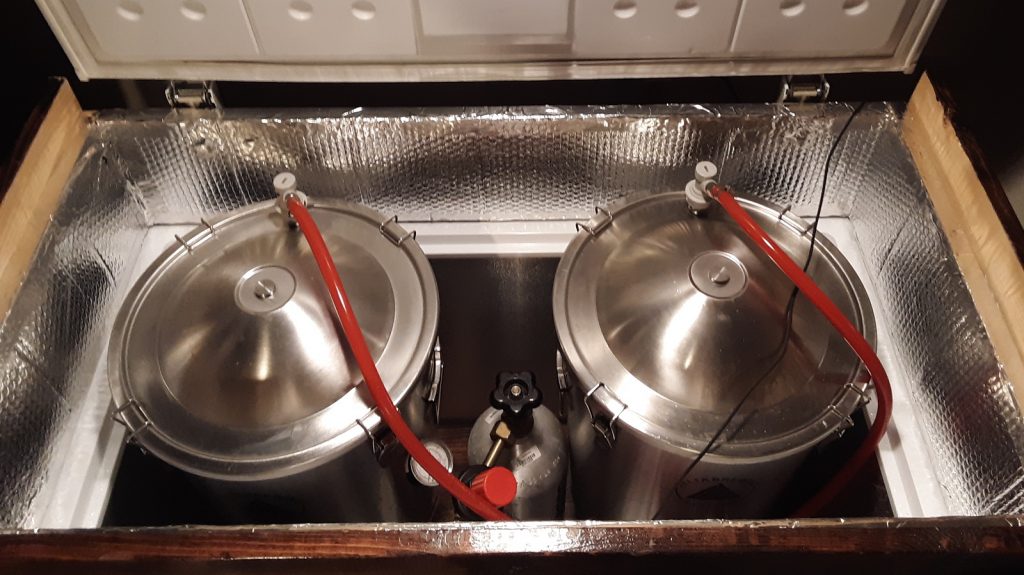











15 thoughts on “The Brü Club xBmt Series | Yeast Comparison: Omega Yeast OYL-071 Lutra Kveik vs. Saflager W-34/70 In A German Pils”
Nice comparison. Was there any beer left so you could compare the two at a later date? In my experience, 34/70 takes about three weeks in the fridge to drop out of suspension and stop interfering with flavour. Granted, I’ve only used it at 15C-19C, never 11C.
Todd, Thanks! I still have a little of each. They are both clearer after being on tap for just over a month now, but the 34/70 batch is still clearer than the other. Both have improved with time, but they both seem to have gone the same direction in both clarity & flavor. I don’t think they are any more or less different than they were at the tasting.
I have had success with months old harvested Lutra that was kept and forgotten in the fridge. Amazing yeast.
Thanks for a cool experiment! Just for good measure: There’s a mistake in the reported p-value. 23 tasters gives p=0.053 (so actually significant at the 10 percent level).
I did nearly the same test a couple months ago, but with a light mexican lager with Saaz. Indeed, the two beers were very similar – I thought I could tell them apart, but I didn’t do a triangle test. I thought the Lutra lager was slightly fruitier and the W-34/70 lager slightly sharper in flavor, but it was pretty subtle. Both were excellent beers.
“Data collection for this xBmt was done at the Divots Big Chill Beer & Cheese Festival” Really?
My thoughts exactly… ask a Busch light drinker which beer is unique-lol. And even at that 23 out of 51 of what probably amount to not knowing the difference in beer flavors to begin with seems pretty significant…
P=0.053. This means that *if* there were no detectable difference, there was only a 5.3% chance that 23 or more tasters would have guessed correctly due to random chance (a 1 in 3 chance for each taster). If I were a betting man, I’d bet a paycheck they tasted a difference. At the very least, a result of P=0.053 screams “repeat the experiment.”
Didn’t know Divots had a big festival. Have liked the beers they distribute, hope to get to Norfolk to check out the brewery sometime. Not too far from Omaha. Went to wedding reception in the meeting center a number of years back before they opened the brewery. Nice place.
In my experience, Lutra makes a very clean lager-style beer. While it ferments fast and clean, it takes just as long (if not longer) than my usual lager yeasts to drop clear. Lutra will get you a lager(ish) suited for red solo cups very quick, it loses its advantage when you are striving for a clear beer.
For ale strains that make good lagers, my preference leans towards WY1762 (Abby II – supposedly Rochefort’s strain). I tried this on a whim recently, and it makes an amazingly clean beer with good malt character.
Biofine?
Why did you use the gluten free package of Lutra instead of the regular Lutra? Also, the Lutra pack is 11 grams. The Saflager pack is 11.5 grams. I noticed you used 2 packs of Saflager and only 1 pack of the Lutra. Thanks.
Kerry, good questions. I’m a fan of dry yeast so i went with dried lutra vs liquid. They label the dried gluten free b/c they can. As far as the pitching rate goes… I was less going for a strict comparison of both yeasts and more of a test to compare pseudo lager vs lager. Since the lager was fermented much cooler i went with 2 packs as would be typically recommended. Hopefully that makes sense.
2 packs (or a starter) is necessary for lager fermentation temps. Not encessary for ale temps.
bUt U cAnT cAlL it A LaGeR iF nOt a ToP feRMenTER!
I’ve been saying for years that my Skare and Krispy lagers are great lagers and get shit for that every time I call them a lager. It’s a lager. Great Xbmt.
I’ll only add that Skare and Krispy seem to clear up perfectly at about 2 weeks in the keg.